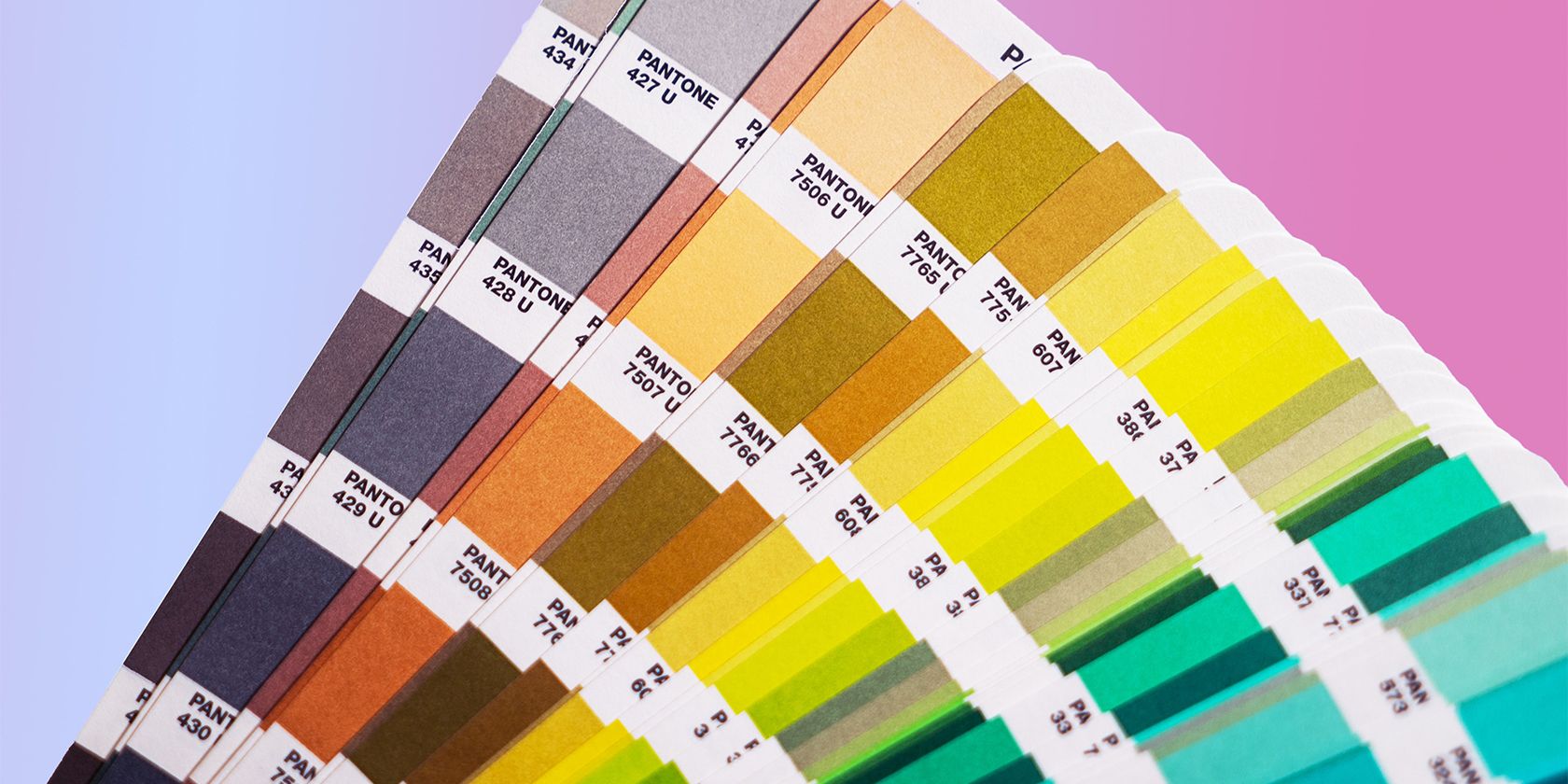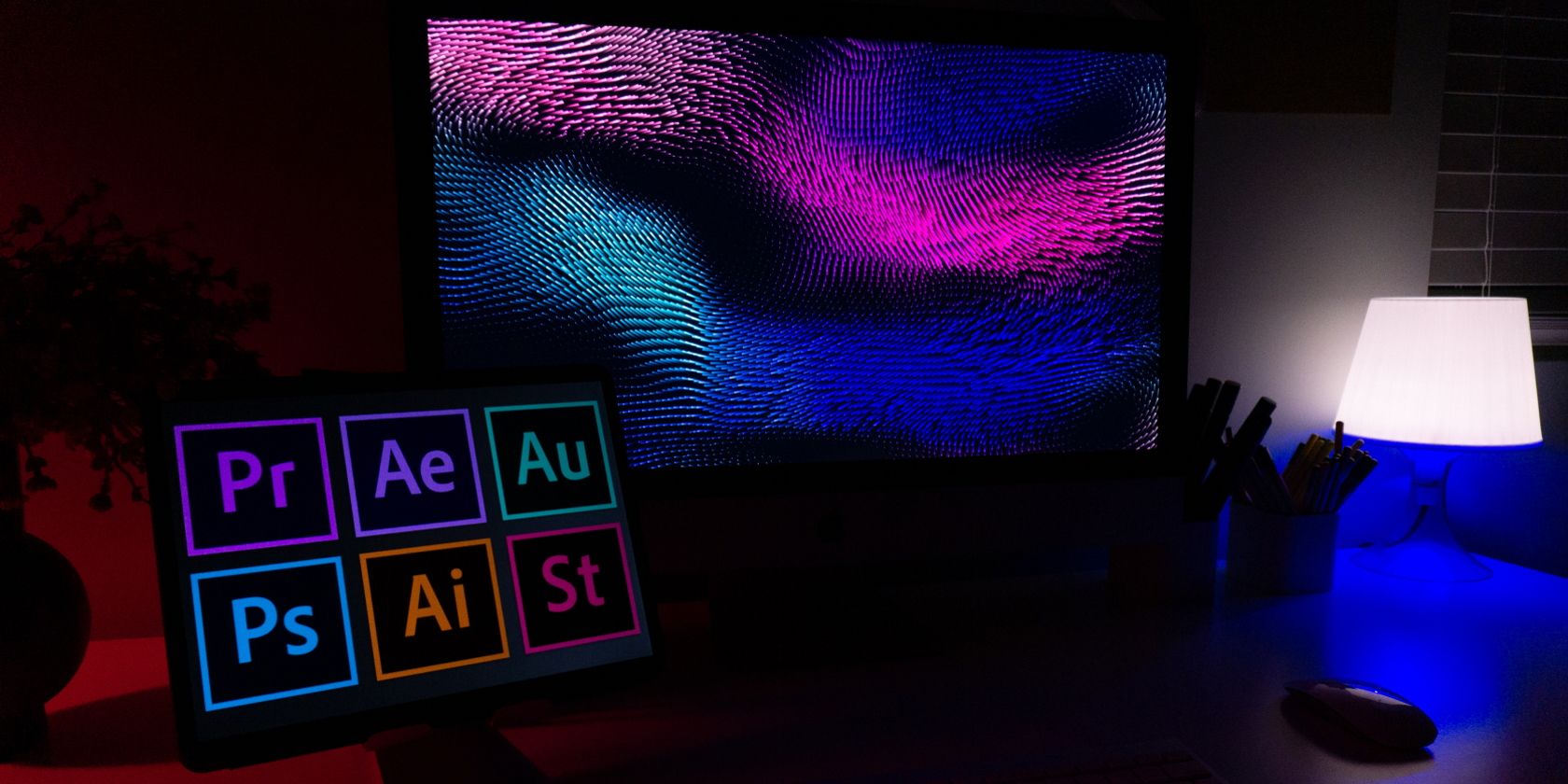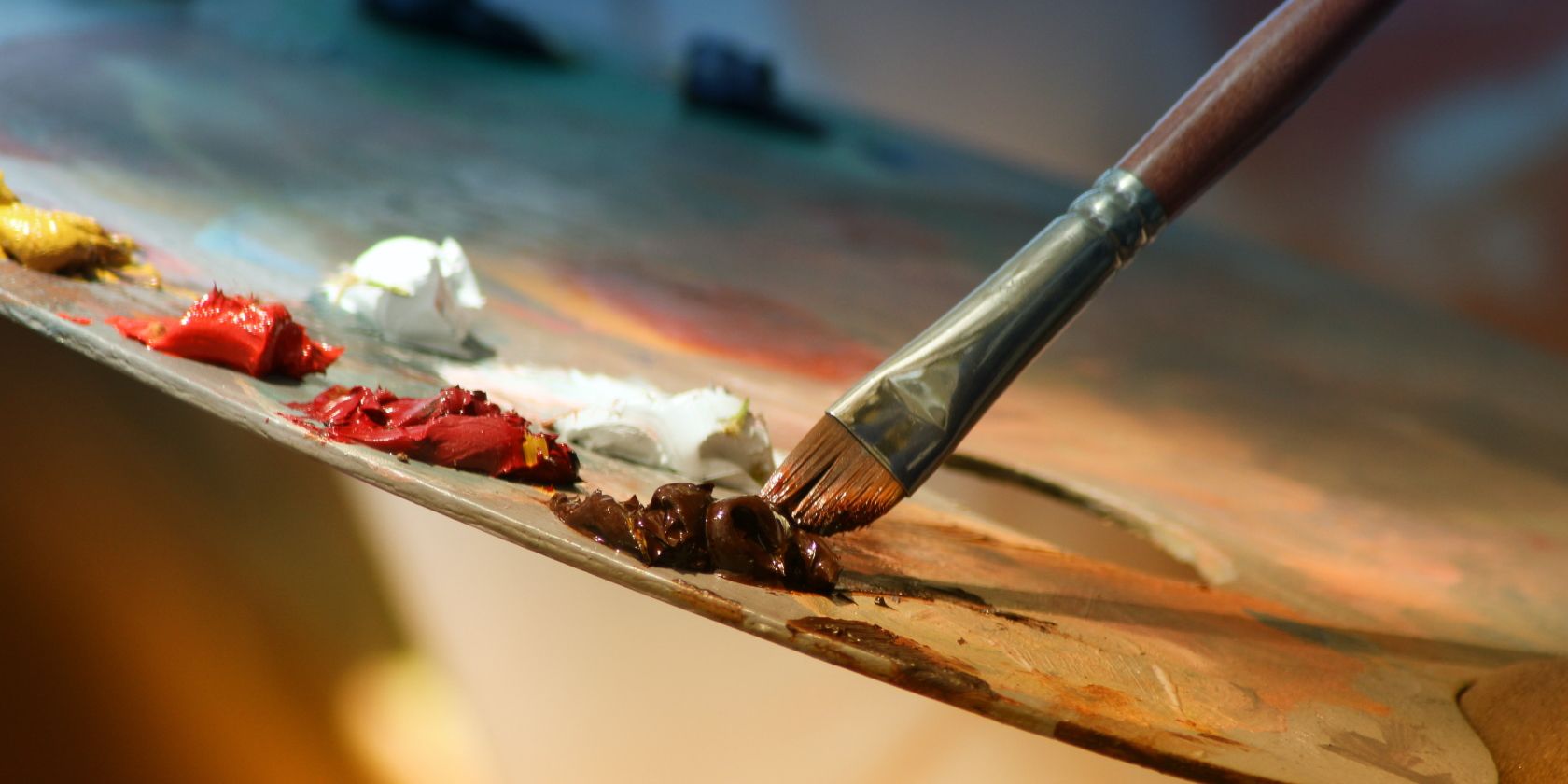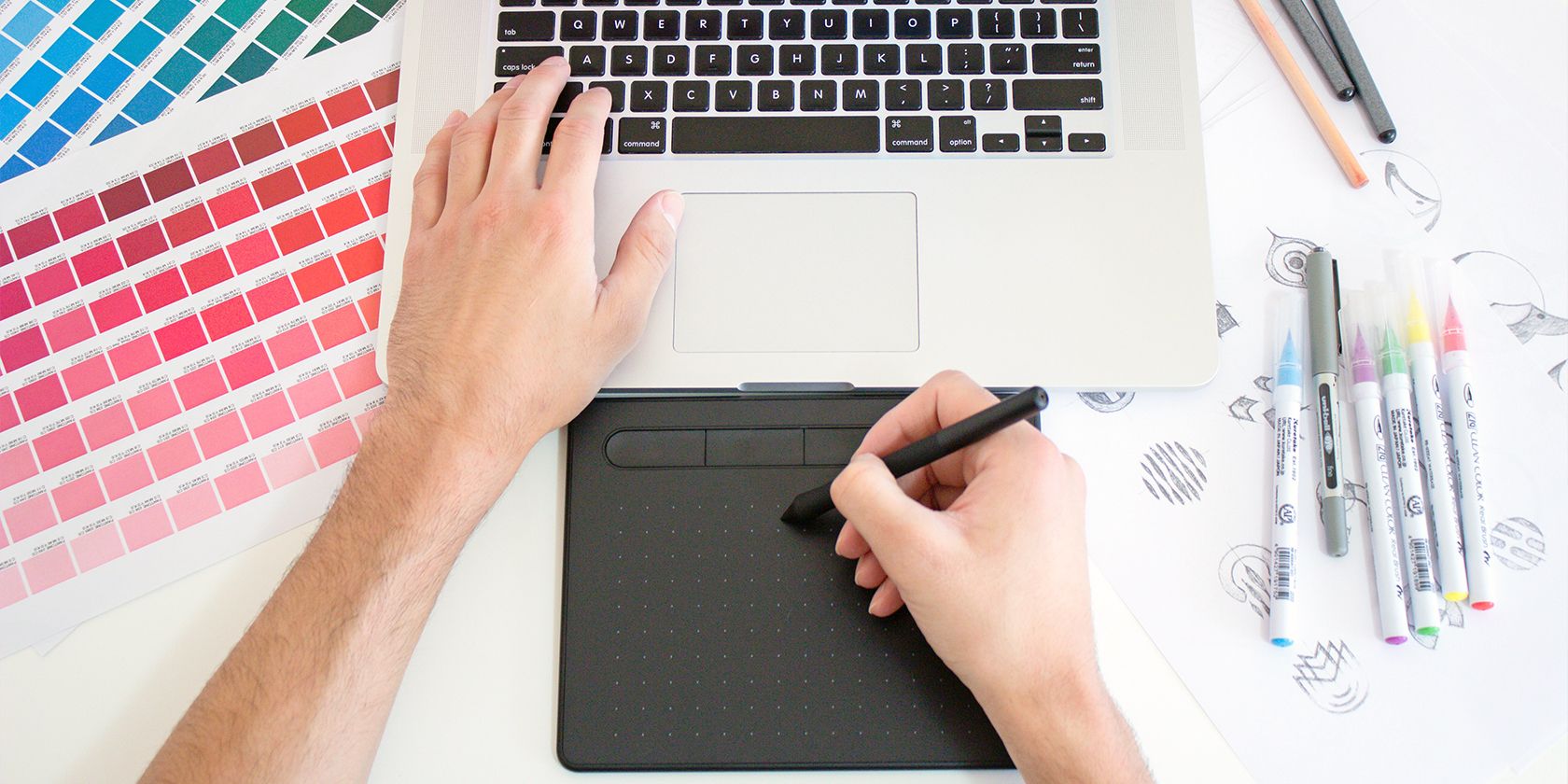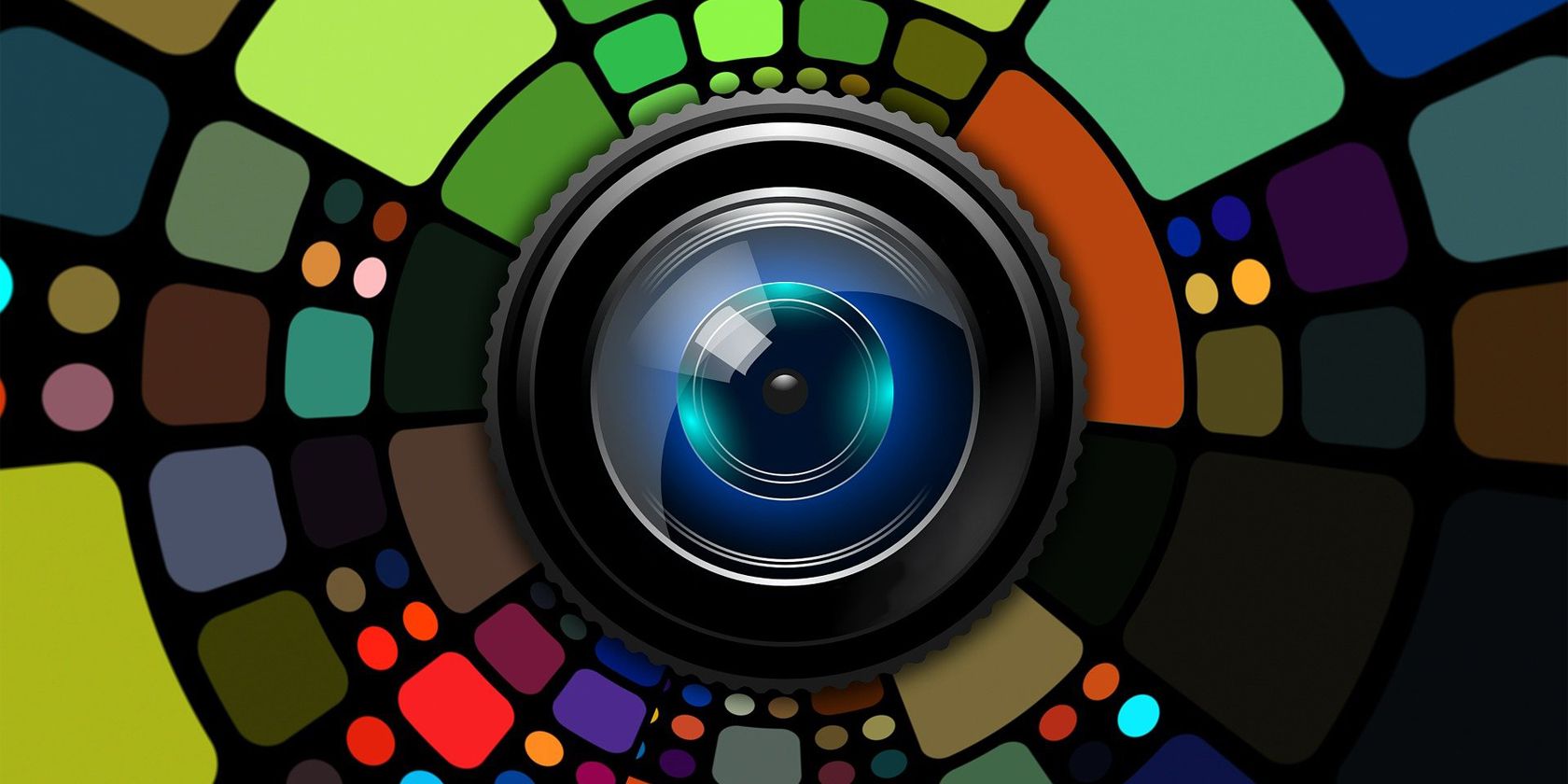Colors are essential, especially if you're a graphic designer. And while Adobe is already an expensive piece of software, now, it's made doubly so if you need accurate color tones.
That's because Pantone no longer makes its color palette free to use in Illustrator, InDesign, and Photoshop. And if you've previously used this color palette and didn't pay for the subscription, some of your old Adobe files could turn black.
This is an unpopular decision for the majority of users, but it might be the right one. Here's why.
Adobe No Longer Includes the Pantone Color Library in Its Apps for Free
For most, the colors they use in graphics software, like Adobe and Paint, should come for free. After all, they've already paid for the app. Since color is crucial to any graphic work, it's understood that any graphics app must include it as a core part of its system.
And ever since Adobe launched Photoshop, it has included Pantone Color libraries for free on the app. However, this is changing come November 2022—when you'll have to pay a $15 monthly subscription to use Pantone's iconic colors.
While Adobe removes the Pantone Color library from its apps, users can still use several other color palettes that it already includes in its apps. But why is the Pantone Color Book going behind a paywall a big deal?
The Value of Pantone Color
To understand how important Pantone is to professionals, we should look at what Pantone is, to begin with.
According to Shutterstock, "Pantone is a world-renowned authority on color, producing a standardized Pantone Matching System that allows individuals to reproduce colors exactly, regardless of their equipment or location."
If you're creating a design for a client, you want to ensure that what your client sees on your display monitor and proofing printer is the same as what they'll receive as the final product.
If you're printing unique one-off images, standardization isn't as important. But if you created a prototype for, say, an iPhone 14 Pro Max case, and your client ordered five thousand copies, you need to ensure that your sample and the five thousand cases your client will receive all have the same exact colors.
Let's say you're working in Canada and your case manufacturer is in Thailand, it will be difficult to coordinate with the manufacturing factory to ensure that the color you want and the color they use are the same. You'll probably have to go back and forth several times to ensure that you get the perfect color, and it could take months, if not years, until you can start production.
But if you use a standardized Pantone Color, you only need to refer to the color code, and the manufacturer will automatically know the exact color. You'd probably only need a single sample to ensure that they're using Pantone-compatible colors or materials, and once that's confirmed, you can immediately start production.
This standardization saves businesses hundreds of hours, allowing them to simplify their production, and is a crucial part of the global supply chain.
Why Pantone Color Is So Expensive
If you go to a paint shop, you can easily ask for a color book, and it will probably lend you one. In fact, some shops even let you take home large color books for free. But these paint shops and companies can freely do so with the expectation that you'll purchase several paint cans. That way, the expense for these color books is offset by their sales of paint.
But with Pantone, their primary product is the color itself. So, it doesn't make any business sense if they give away their main product. Simultaneously, it seems that Adobe no longer wants to pay Pantone the license fees to include its color books with its apps.
For many, color is just that—a set of values between cyan, magenta, yellow, and black. But for professionals, it goes beyond that because different materials interact differently with colors. That's why designers use Pantone Color; so their designs will translate faithfully from their digital form on screens to the final real-world product.
Furthermore, the time, effort, and unnecessary expense of multiple prototypes will save Pantone users so much more than what they will pay in license fees to Pantone—provided they use Pantone's color frequently.
Do You Even Need to Use Pantone?
Much of the outcry stems from the fact that Adobe or Pantone is taking away something users have always had for free.
But do you really need Pantone? If you're creating designs for personal or one-off uses, you can easily calibrate your display to ensure you get accurate colors. From there, you can use proper printer profiles with the correct paper material to ensure accurate colors.
You can also use other color books, like Stuart Semple's Freetone, as an alternative to Pantone. While these colors don't have the exact codes of Pantone, they look almost the same. However, since they're missing the codes, it defeats the purpose of having a standardized color palette.
Alternatively, you can create a custom color palette in Adobe Photoshop or use Adobe Illustrator to automatically generate a color palette for you.
The people who mainly need Pantone Colors are professionals who work with businesses that require accurate and precise colors. At these levels, Pantone's $15 monthly fee is just the cost of doing business.
You Need to Pay for Pantone
Pantone is an excellent tool for ensuring color precision and accuracy, and the value it delivers to professionals is immeasurable. But if you don't need this level of stringency, then you can skip Pantone altogether and settle for other color palettes.

